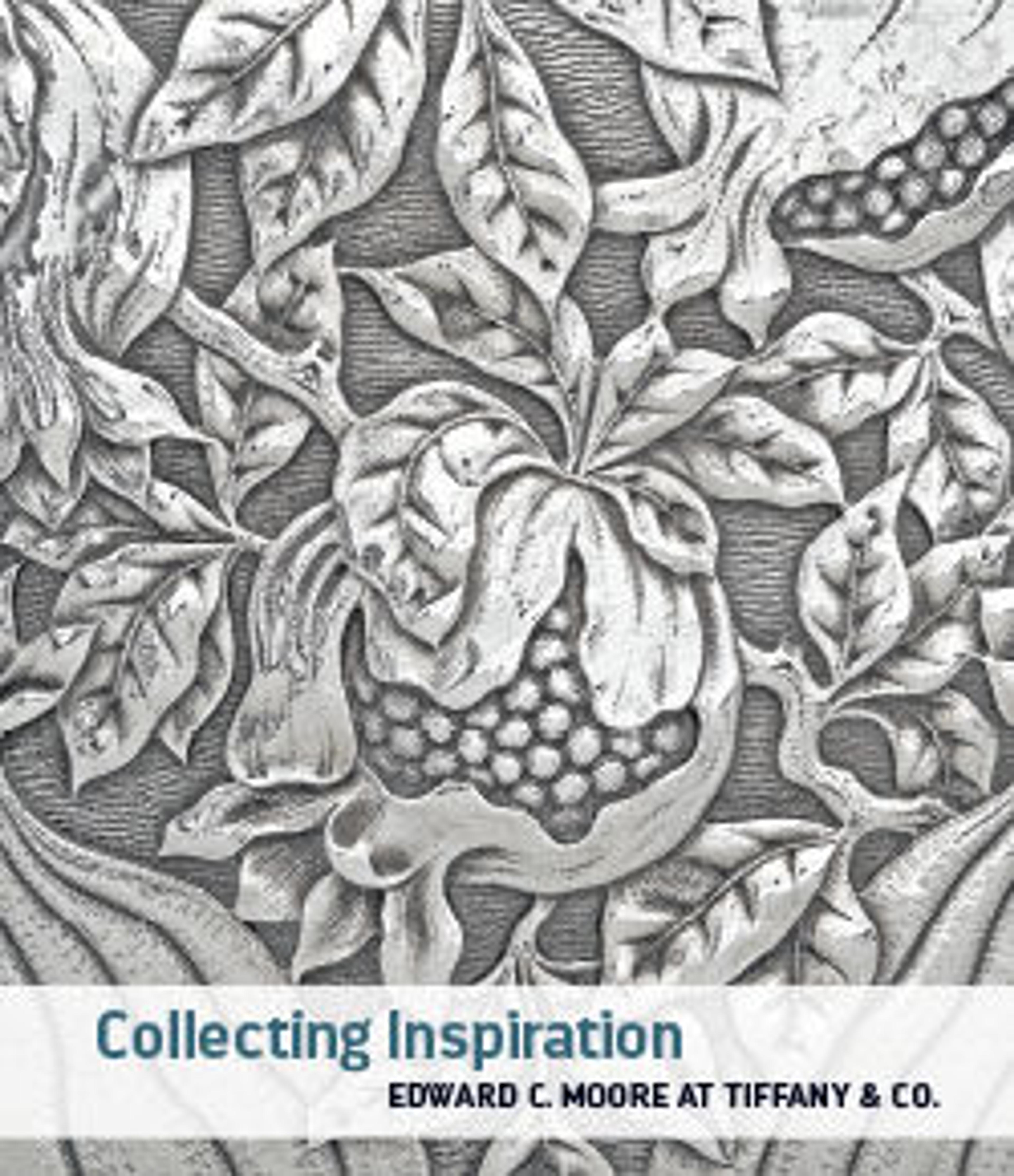Noh Costume (Kariginu)
This costume is a kariginu, a broad-sleeved outer garment typically worn for the role of an elderly man of high status or divine nature. Kariginu (or “hunting silk”) originally referred to a long, loose informal jacket worn by aristocratic men in the Heian period (794–1185). In the Edo period, it was adapted for the Noh theater. The distinctive pattern seen here—linked octagons and squares (shokkō) with stylized flowers and dragons—is traditionally associated with the title role in Okina (Old Man). In this ancient rite, often performed to open a Noh program upon the New Year, the actors portray divine figures who dance for peace, prosperity, and safety across the land.
Artwork Details
- 紺地蜀江模様狩衣
- Title: Noh Costume (Kariginu)
- Period: Edo period (1615–1868)
- Date: first half 19th century
- Culture: Japan
- Medium: Twill-weave silk with supplementary weft patterning
- Dimensions: Overall: 61 x 83 in. (154.9 x 210.8 cm)
- Classification: Costumes
- Credit Line: Edward C. Moore Collection, Bequest of Edward C. Moore, 1891
- Object Number: 91.1.62
- Curatorial Department: Asian Art
More Artwork
Research Resources
The Met provides unparalleled resources for research and welcomes an international community of students and scholars. The Met's Open Access API is where creators and researchers can connect to the The Met collection. Open Access data and public domain images are available for unrestricted commercial and noncommercial use without permission or fee.
To request images under copyright and other restrictions, please use this Image Request form.
Feedback
We continue to research and examine historical and cultural context for objects in The Met collection. If you have comments or questions about this object record, please contact us using the form below. The Museum looks forward to receiving your comments.
